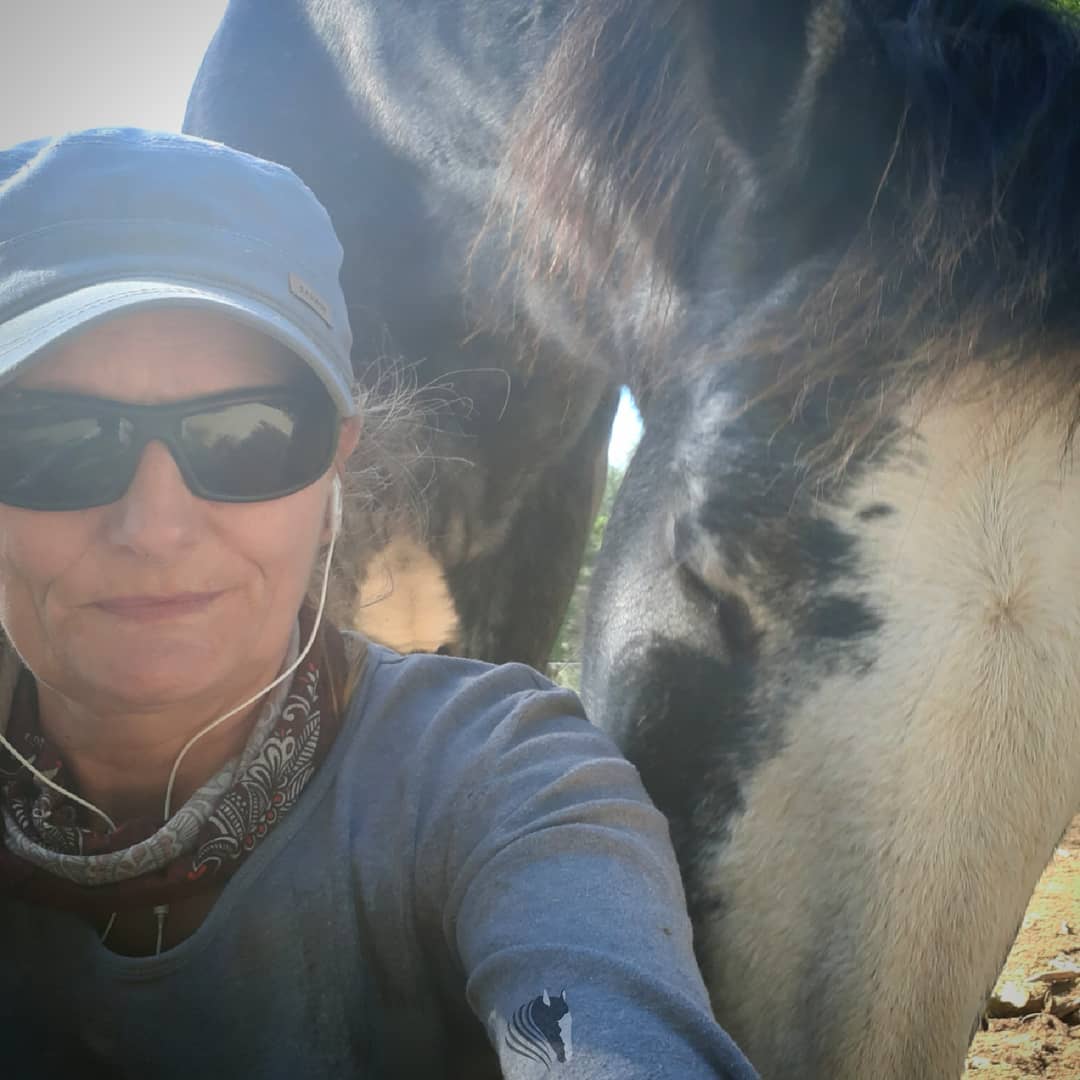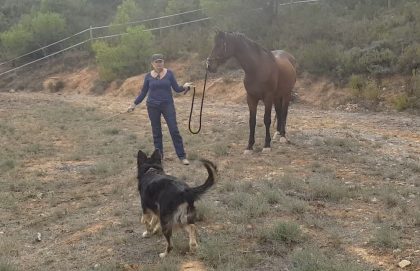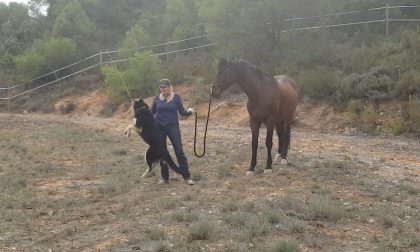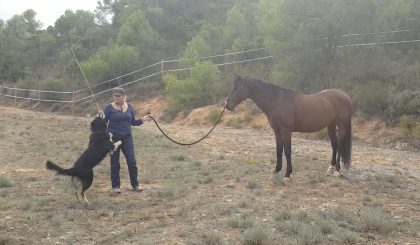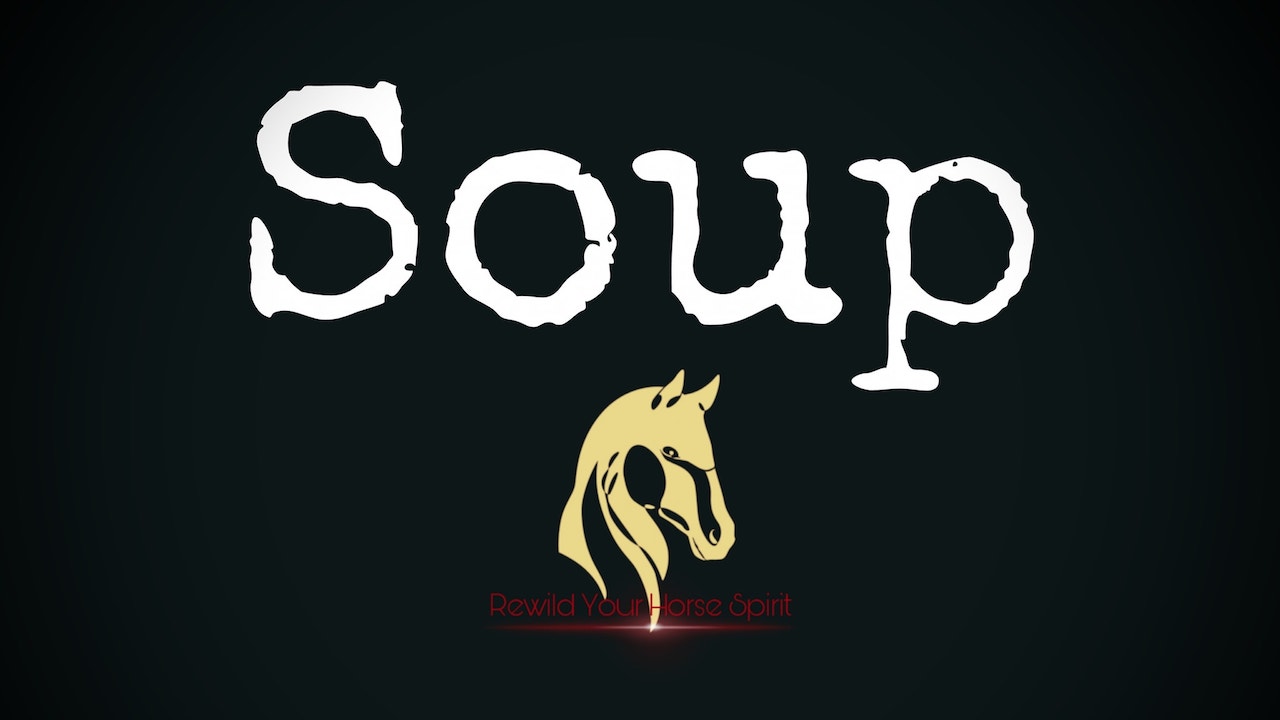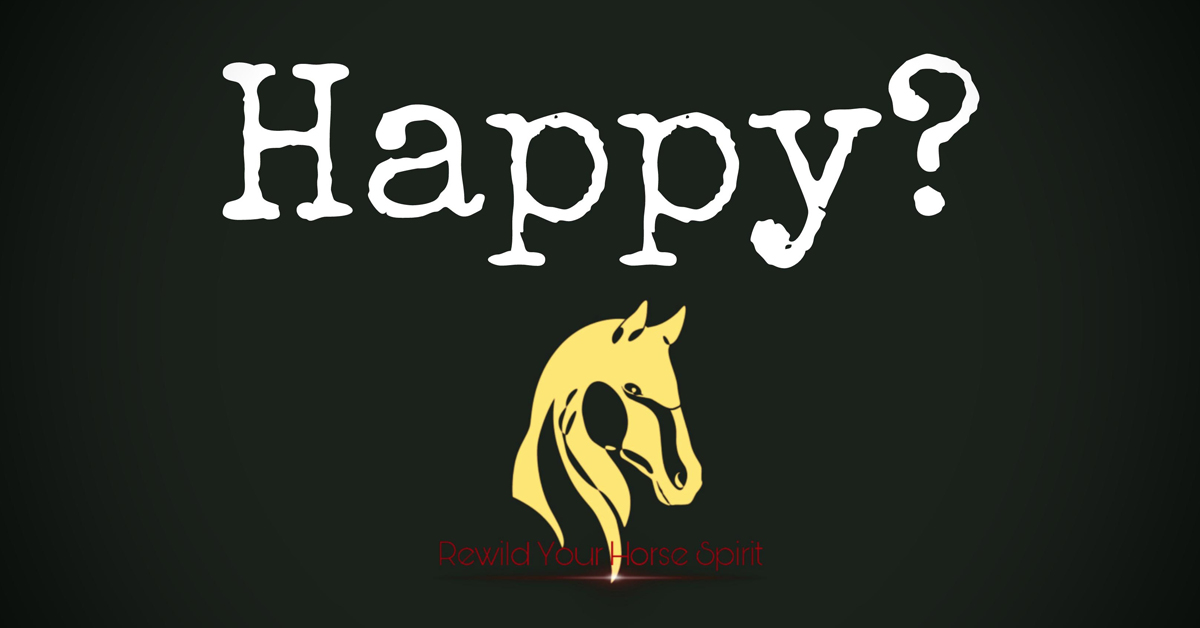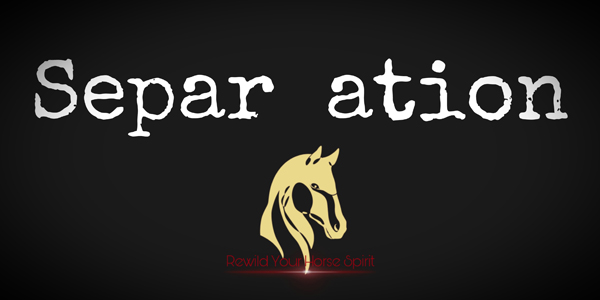It is important to have a period of “getting to know” both the horse and human, I want to see what they both know, and how they feel about certain requests. They need to be given time to accept me and my presence/instruction. This is more important for the horse as we have less direct communication tools in our box when interacting with our equine friends. Often people, both trainers and owners, will greet a strange horse as if they are pulling a chair out, grabbing it, whether physically or emotionally, without thought and expect them to be “on”. You are about to connect with an independent thinking being that in addition just happens to be a lot bigger and stronger than you. Respect will only be reciprocated if you offer it in the first place.
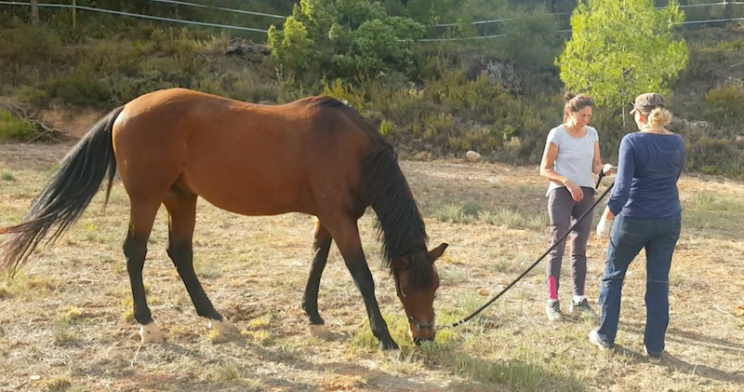
Softness of touch matters
Practicing a soft touch on each other is always a good place to start, a way to make sure we are not escalating unnecessarily or becoming too “loud”. Every time you interact with your horse you are communicating not only by voice, but also with your body language, energy and the softness (or lack of) of your touch. Gema is an incredibly gentle women but even she was amazed at the force she had, and by how much she could turn it down to get a soft answer in response from Maca. Many new owners have a tendency to “hang” off the lead rope without the thought that this weighted pressure is communication. You might be saying any number of things combined with your energy. “I am nervous and unsure”, “don’t run off”, “you are mine”, “I love you don’t leave me” what every it is you are not giving them space to evaluate. I equate it to the distorted noise from feedback, the song has ended but you’re not able to reflect on what you heard as the noise continues. Give them down time from your noise!
Although at first glance Maca gives you the impression he needs little attention, there are some key signals he shows that indicates some fundamental areas have been overlooked. We began with some basic movements, leading, backing, yielding the hind etc. and although he did all that was asked of him, none of it was with any kind of softness. All his movements were stiff, sharp and rushed, his head skywards. I was reminded by Gema that he found lowing his head difficult.
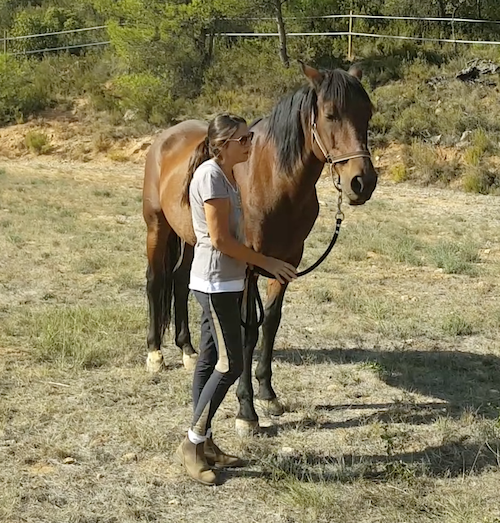
The soft eye masks the tension the head shows
After observing him both in the paddock and during these basic movements, it was obvious we needed to show Maca how to relax, how to start mirroring our energy. Even when he was showing a relaxed eye, at rest, his head would not drop, his neck too tense to allow it, underlining my view he had an ability to “fake” it, to hold on to stress even when the pressure had long been removed.
This for me is a red flag, as much as Maca is a gentleman he is used to no one listening to him, we have to show him that we are, as a build up of tension will never end well. The positive is now Maca is in a home with Gema, a woman that is ready to listen to him.
We began by working on his head and neck, gently influencing the head into a more forward and down position, this being a natural state for a more relaxed horse.
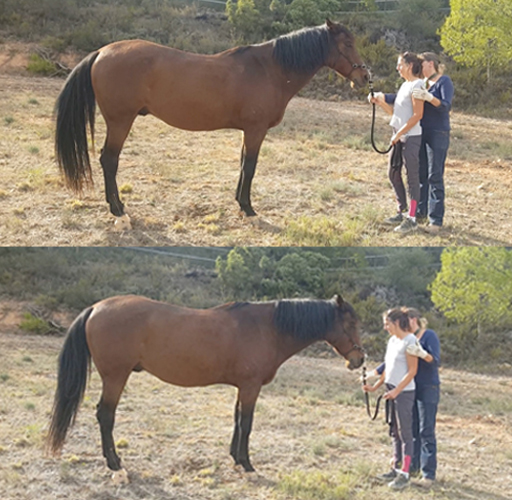
Forward and down head position
He resisted at first but with a slow ask, after a little while he was happy to lower his head, each request gentle and soft. There is no point “yanking” his head down and thinking you have achieved relaxation!
It was not long before he would keep it low for a few seconds after the ask had been released, a very good start. You could actually see the neck muscles relaxing more each time we asked for the movement. The soft touch and rests in between helped Maca understand that not everything needs to be given in a panic.
Following on from this and to increase the relaxation in the neck we worked on our lateral flexion, it is unlikely that anyone had taken the time to work through these exercises with him and, as with Apache, we took it slowly not over asking and always using a gentle touch.
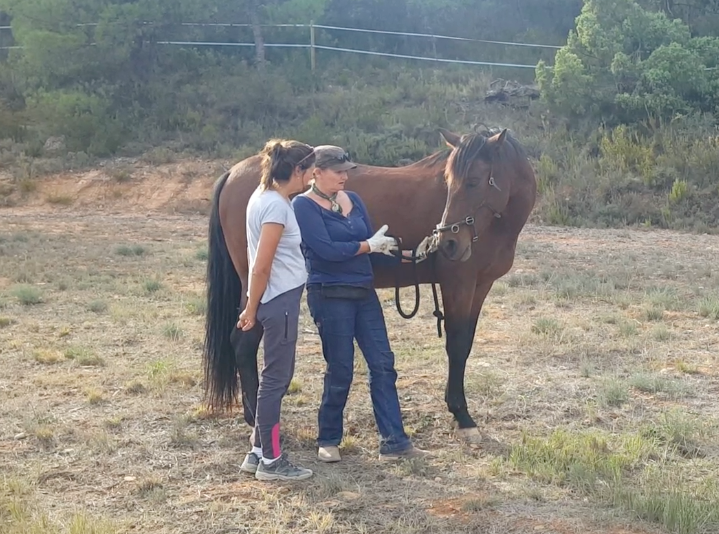
Slowly increase the movement.
These gymnastic exercises can be very difficult in the beginning, It was important to give Maca time to get used to the position physically by increasing the movement in small increments, but also mentally. I wanted to ensure his mind was with me, he needed to process and understand every new request. It is quite common for horses to raise their heads during lateral flexion, being aware of this and maintaining a low position helps with the flex and release of tension. I was looking for a soft head turn and extended neck in a smooth movement without any overdue pressure, and a vertical nose avoiding unwanted twists. Once he was at his maximum (like any exercise this will increase in time, I was careful not to force any movement), I released, looking to encourage a slow return back to neutral.
With everything you do with your horse you are after the biggest try on the smallest request. I recently came across a video by Warwick Schiller showing how it can be done on a single horse hair! Not convinced that level of softness can be achieved?….. https://youtu.be/B0idB5bpYLI
Horses will mirror you, so while you are working on any relaxation techniques it is vital you are relaxed. Don’t forget to breathe! The art of breathing is so underrated and quite often when learning a new skill you tend to hold your breath while concentrating. Unfortunately this creates tension in your body that can and will be transmitted to the horse. I asked Gema to breathe, softly in and long out, keeping any unnecessary tension out of her body
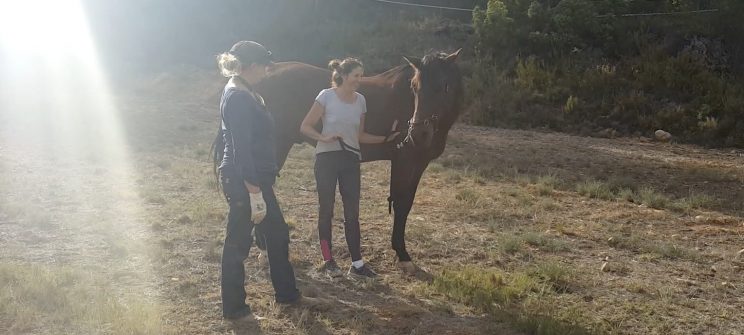
Breath and Smile
And smile, enjoy what you are doing. Of the latter Gema is an expert, always smiling and loving her time with her horse.
Blooper…
At the beginning of the session, while I was assessing Maca I was working with a cane aid when all of a sudden, Blau the stick happy pup decided it looked like a fun game and one he wanted in on. Luckily Maca and Blau are great friends and it passed without incident. However, the humor of the situation is punctuated with a very serious message. BE AWARE OF YOUR SURROUNDINGS! This could have ended in a very different way.
- Maca and Blau
- Maca and Blau
- Maca and Blau


